Source: OCHA
Severe deterioration in living standards, physical and mental wellbeing and coping capacity have created immense support needs in Yemen, where people have been enduring devastating multifaceted impacts of the country’s protracted crisis for the past six years. Of the estimated 20.7 million people who require some form of humanitarian assistance and protection, 5.5 million are girls, 5.8 million are boys, 4.6 million are women and 4.8 million are men. 1.8 million are pregnant and lactating women, 2.8 million are children under the age of five, 3.1 million are people with disabilities and over 925,000 are people over 60 years of age. 12.1 million people are in acute need, and of the over 4 million people internally displaced, some 3 million are determined to be in circumstances between severe and catastrophic.
The 2021 Humanitarian Needs Overview (HNO) revealed that severe needs exist across multiple sectors in the same locations in Yemen, disproportionately affecting marginalized and vulnerable groups. Millions of people in Yemen face compounding challenges related to food insecurity and malnutrition, displacement, disease and protection risks, their vulnerabilities deepened by increased hostilities, economic decline, flooding, locust swarms and a significant reduction in funding for humanitarian aid. Although 20.7 million people are in need and humanitarian partners aim to assist some 16 million people under the 2021 Yemen Humanitarian Response Plan (HRP), continued resource shortages mean that partners are forced to prioritize who receives what assistance when. In line with humanitarian principles, this prioritization is determined based on vulnerability and needs to ensure that help first reaches those who require it most.
A central element of this is the Joint Inter- Sector Analysis Framework (JIAF), which measures needs based on indicators related to humanitarian conditions as defined by living standards, coping capacity and physical and mental wellbeing, as well as severity rankings ranging from one (none/minimal) to five (catastrophic). Over half of Yemen’s population live in areas with severity rankings of three, four and five (severe, extreme and catastrophic respectively): 65 of Yemen’s 333 districts are categorized as catastrophic in severity, 164 as extreme, and 103 as severe. This translates to an alarming 3.3 million people deemed to be in catastrophic need, pointing to a complete collapse of living standards, exhaustion of last resort coping mechanisms and excess mortality. These districts are where the most urgent assistance is required to save lives and prevent the disintegration of livelihoods.
On top of this, 17 million more people are in severe and extreme circumstances as a result of deteriorating living standards and basic services, increased reliance on negative coping strategies and the significant impact of the conflict on physical safety and mental resilience. Indeed, the highest severity is found in areas close to the frontlines, indicative of how conflict is driving needs throughout the country. This analysis allows for effective needs-based prioritization in the humanitarian response, based on geographical severity and highlighting vulnerable groups disproportionately in need of assistance, including displaced persons, refugees, asylum seekers, migrants, people with disabilities and Muhamasheen – the people bearing the brunt of the ongoing crisis.


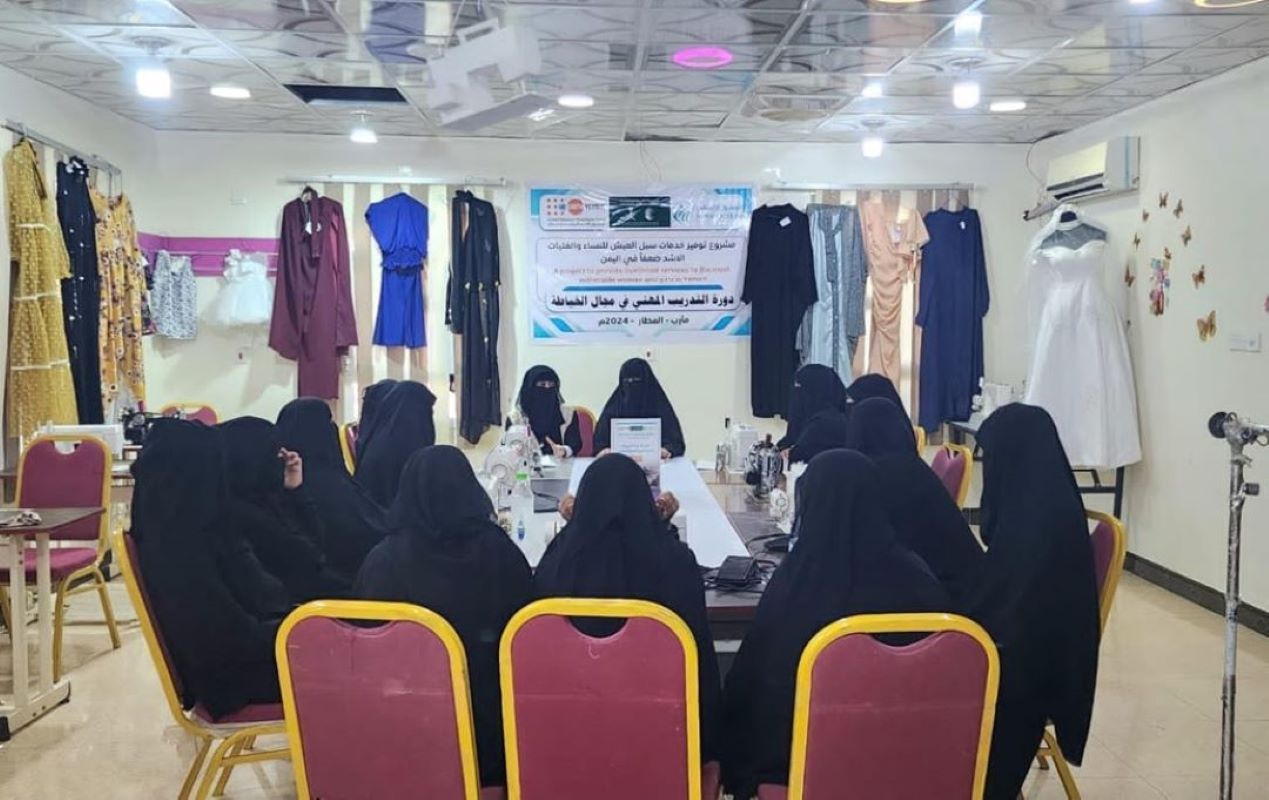
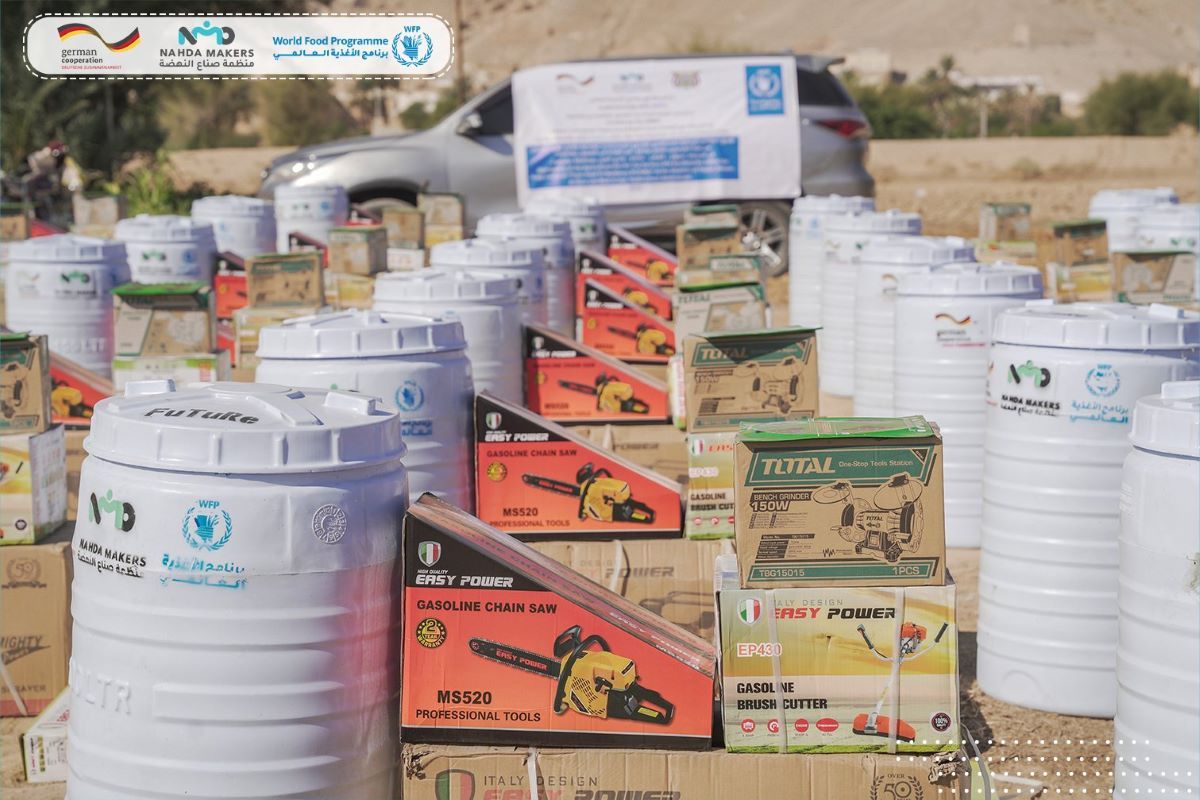


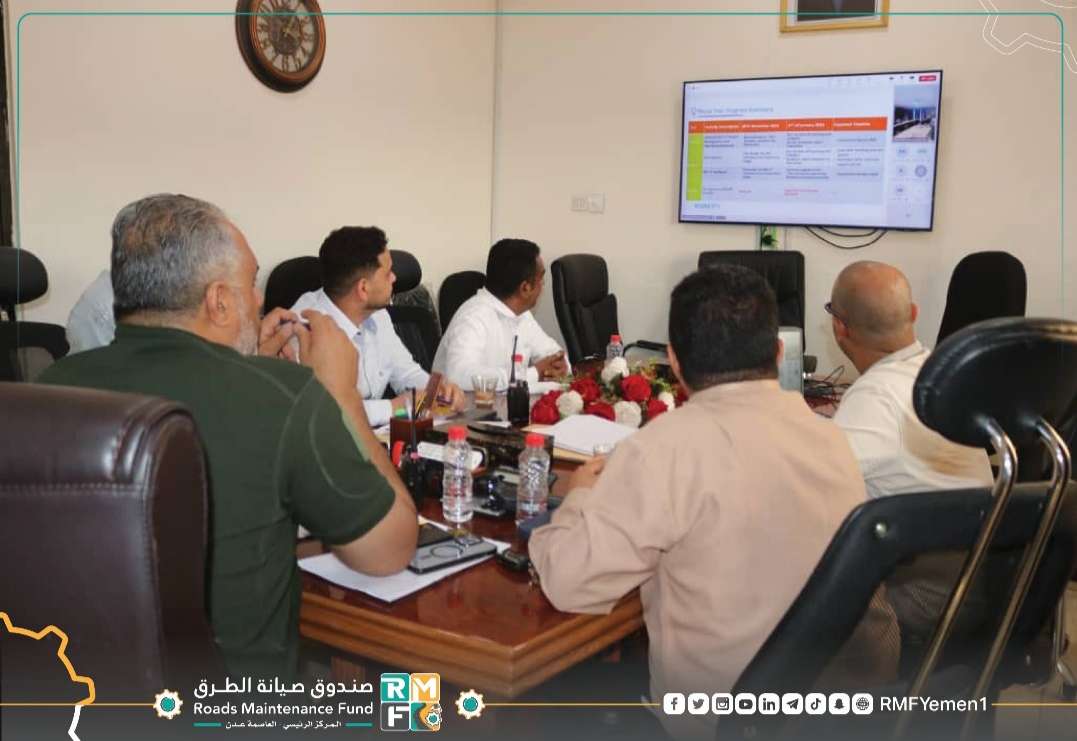





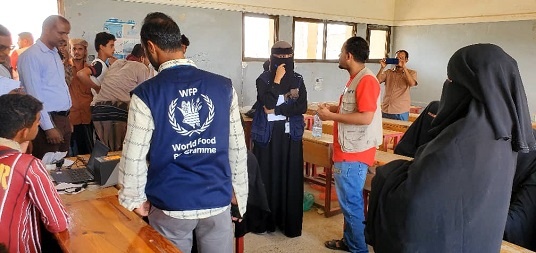
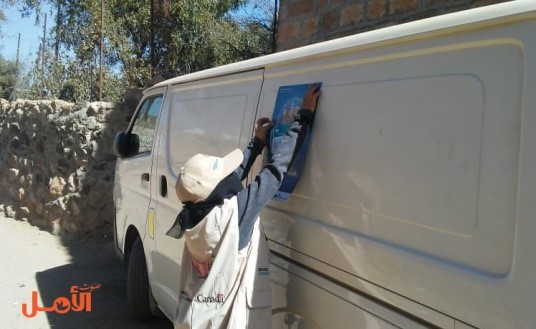
LEAVE A COMMENT